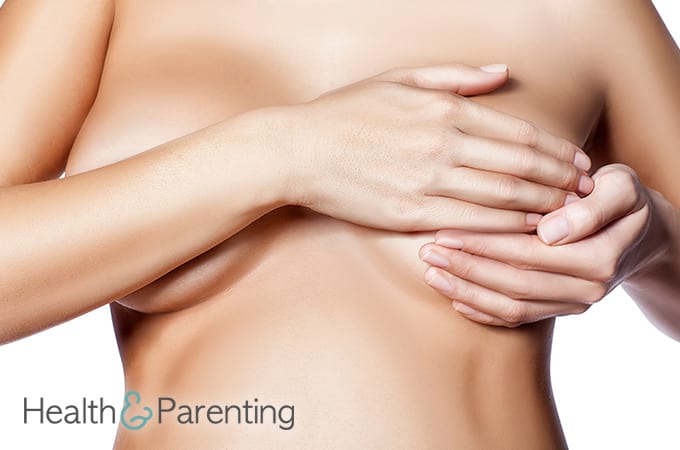Your waistline isn’t the only thing to grow during pregnancy, you may find that your bra size increases too. During pregnancy, your breasts are going through changes to prepare them for breastfeeding, so you may notice a number of changes occur, including:
Increased cup size
As early as week six, you may notice your breasts getting bigger. By the end of the pregnancy, you are likely to be at least a cup size bigger than you were before the pregnancy. Your breasts will continue to grow throughout the pregnancy, and you are likely to need to buy a number of new bras in this time.
Stretch marks
As your breasts increase in size, you may notice stretch marks appearing on the skin. Though there are plenty of products available all claiming to reduce stretch marks, there is little scientific evidence to back up these claims. While the stretch marks may be dark at first, rest assured that they will fade and become less noticeable over time.
Breast tenderness
Sore breasts is a common complaint of pregnancy, especially during the first trimester. Hormonal changes cause breast tenderness, and even accidental brushes can be painful during the early weeks of pregnancy. Many women find that the discomfort eases in the second trimester, but until then:
- wear a supportive and well-fitting maternity bra
- wear a cotton bra to bed
- be extra careful to avoid knocking your breasts
Nipple changes
The areolas darken and become larger during pregnancy. Small bumps begin to appear on the areola. These bumps are known as Montgomery’s tubercles, and secrete oil to help protect the nipple from bacteria.
Veins
Many women report that their veins become more noticeable during pregnancy, and this is true for the veins on the breasts too. Increased blood flow is responsible for this change, and the veins will become less noticeable once you stop breastfeeding (or after the birth, if you do not breastfeed).
Milk production
Some women lactate during pregnancy. Your breasts are able to produce milk during the second trimester. At this stage, your breasts will produce colostrum and you may notice occasional leakage from your nipples. If the colostrum leaks through to your clothes, you may find it useful to wear breast pads.
The good news is that these common breast changes during pregnancy signal everything is going right – your body is preparing to continue nourishing your baby after birth.
Have you noticed any breast changes during pregnancy? Were breast changes the giveaway that you were expecting a child?
Written by Fiona (@Fiona_Peacock), mother, writer and lover of all things baby related.
This information is not intended to replace the advice of a trained medical doctor. Health & Parenting Ltd disclaims any liability for the decisions you make based on this information, which is provided to you on a general information basis only and not as a substitute for personalized medical advice. All contents copyright © Health & Parenting Ltd 2018. All rights reserved.











